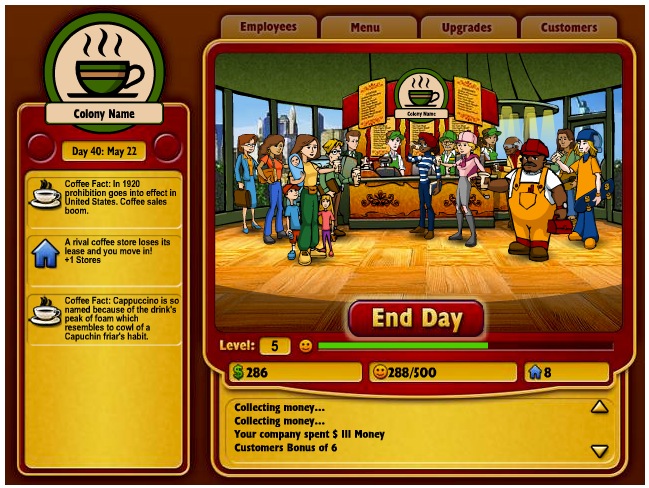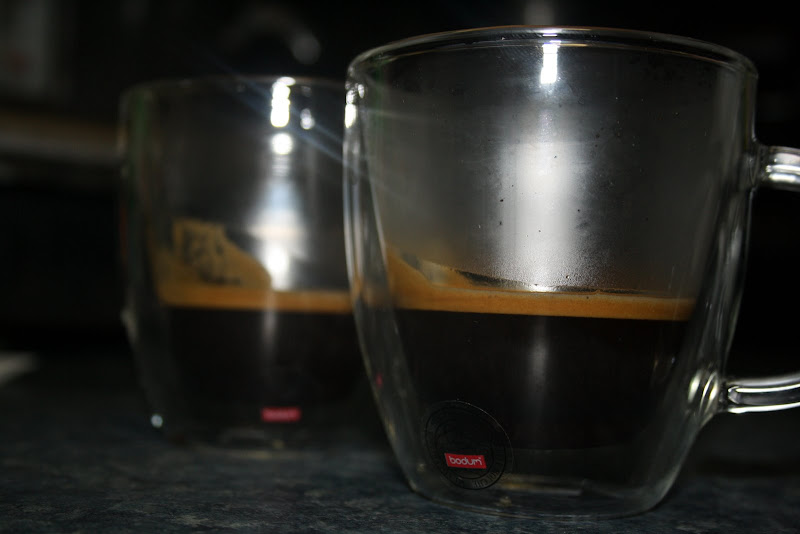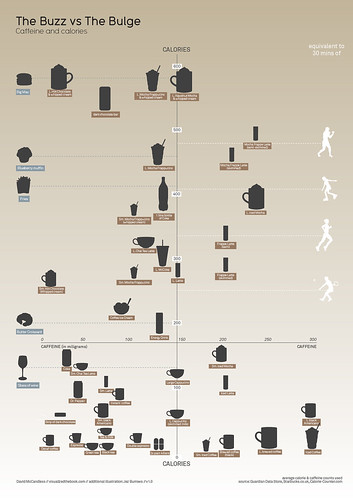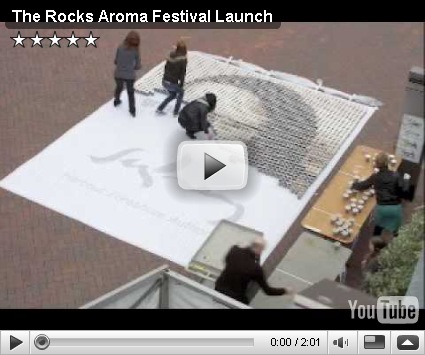Did you know that the first McCafe was built in Australia in 1993? It took eight years for the concept to be launched in the US.
Before I got pretty serious about coffee (but long after I gave up instant coffee), and before I gave up McDonalds for a year (three months and nine days ago), I held McDonalds coffee up as a bastion of consistently average coffee. It’s the mean, mode and median of coffee. It truly is average. Which means there’s a lot worse.
That’s pretty much the same conclusion a coffee reviewer came up with when he recently tried the coffee for the first time.
“Just as McDonald’s buys food staples from multiple suppliers in huge lots to blend out the flavor profile to a single, consistent stew spread across entire nations, their coffee is little different. Although their supply chain for coffee appears to be a lot more thoughtful than the one for, say, beef, another difference is that McDonald’s makes bigger, nameless vats of “mutt” coffee from multiple suppliers who each produce vast nameless lots of “mutt” coffee.
But as we mentioned up top, the espresso here may not be good, but it isn’t outright awful. And therein lies the marketing foolishness of Starbucks: years of dumbing down their product to fill an ever-expanding armada of cafés has made it rather push-button and brain-dead. So much so, that any fast food chain with an ounce of ambition, such as McDonald’s, can make a relatively legitimate quality play for their customers. Slap on a recession and a cheaper price tag, and Starbucks is suddenly dog-paddling to stay afloat in the deep, rapid waters of fast food competition.”








